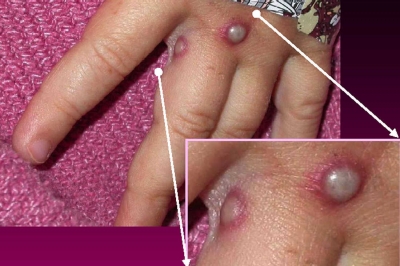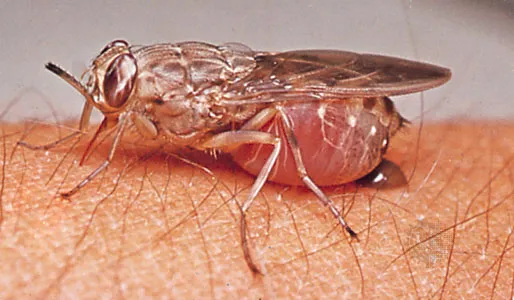WHAT IS MONKEYPOX?

Monkeypox is a zoonotic virus, which transmits disease from animals to humans, with symptoms very similar to smallpox but less severe. Monkeypox is a rare viral infection which is usually mild and from which most people recover in a few weeks. It is related to smallpox, which killed millions around the world every year before its eradication in 1980, but has far less severe symptoms. The virus does not spread easily between people and the risk to the wider public is said to be very low. Outbreaks of the virus have been found in Europe, Australia and America. * The symptoms often include a fever and rash - but the infection is usually mild and clears up on its own, lasting between 2 and 4 weeks.
The World Health Organization (WHO) says the virus can be contained with the right response in countries outside of Africa where it is not usually detected.
MONKEYPOX ORIGINS
- Discovered in 1958 in colonies of research monkeys. First human case identified in 1970 in Democratic Republic of Congo.
- Occurs mostly in remote parts of Central and West Africa
- Virus has two main types - West African strain thought to be milder than Central African variant
HUMAN-TO-HUMAN TRANSMISSION
- Via respiratory droplets - requires prolonged face-to-face contact
- Close contact with body fluids or lesions, or by touching contaminated clothing or bedding
GENERAL SYMPTOMS
Incubation: Time from infection to symptoms can range from 5-21 days.
Initial illness: Fever, headache, muscle aches, swellings, exhaustion.
Itchy rash: May develop on face, then spread to hands and feet.
Lesions: Go through various stages until scabs form and fall off. Lesions can cause scarring.
Outcome: Illness typically lasts for 2-4 weeks. In Africa, monkeypox has been shown to be fatal in up to 1 in 10 people who contract disease.
Treatment: Smallpox vaccine proven to be 85% effective against monkeypox. Antiviral drugs could help relieve symptoms.
Picture Credit : Google
